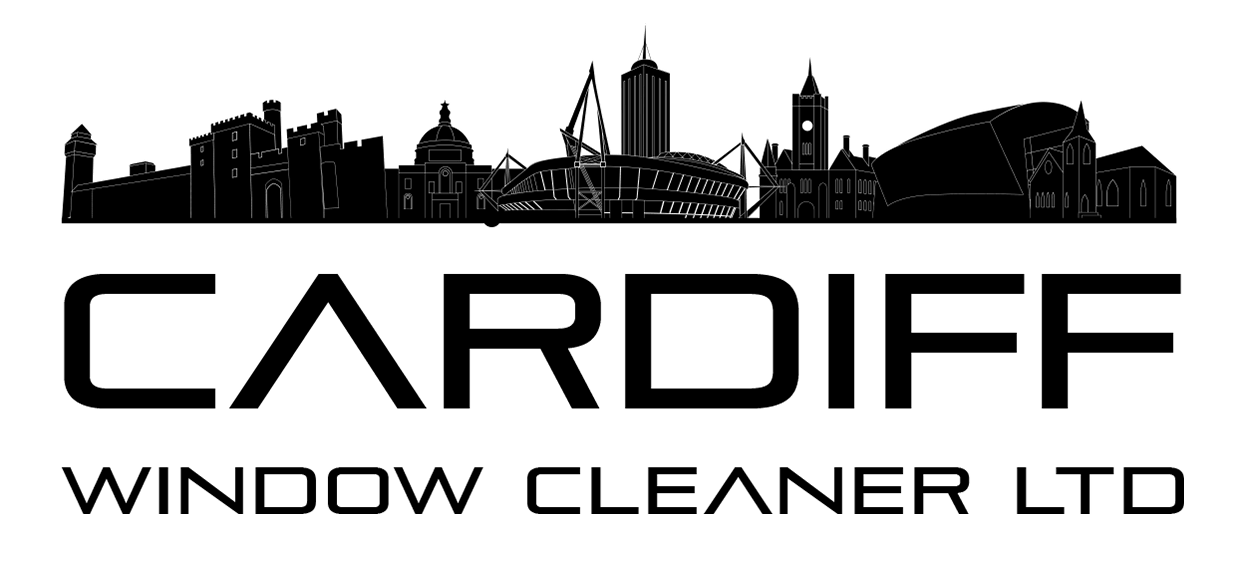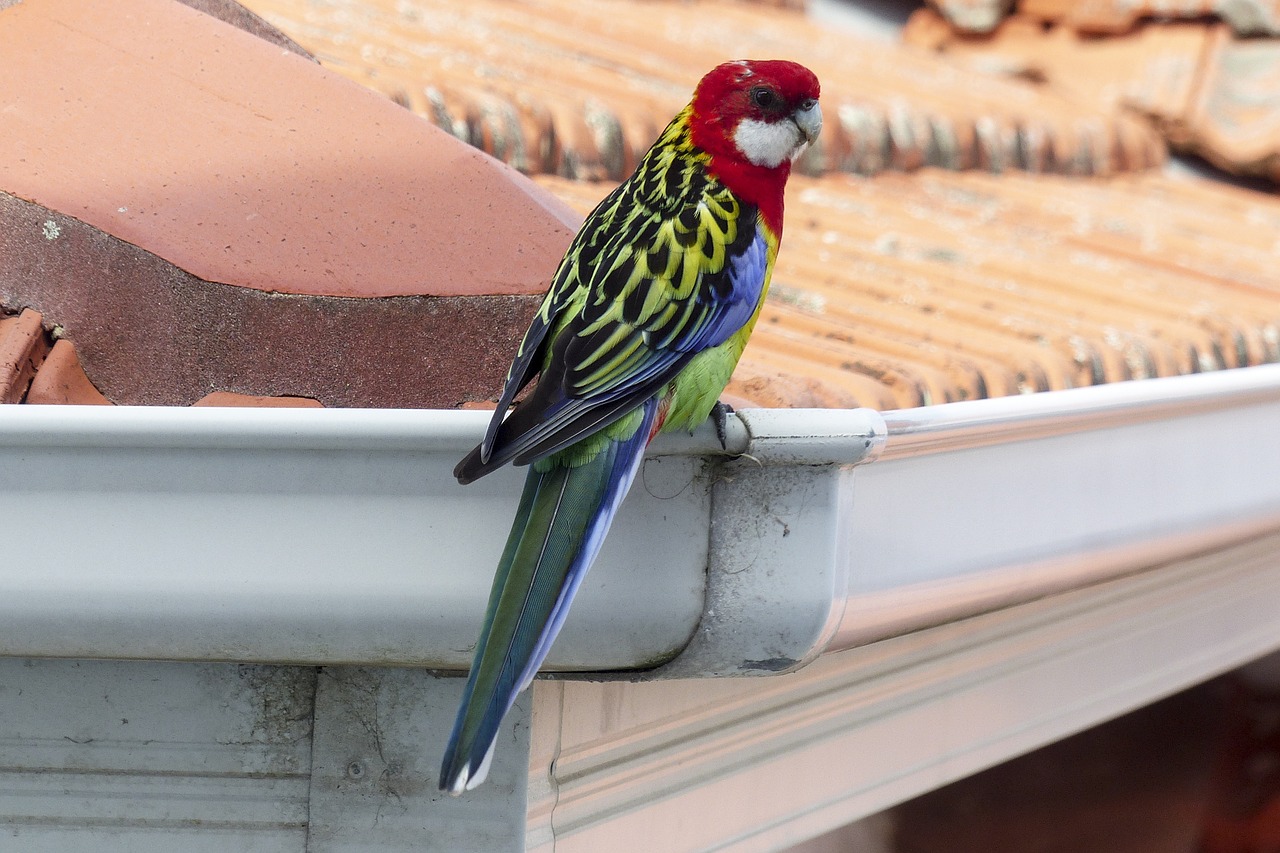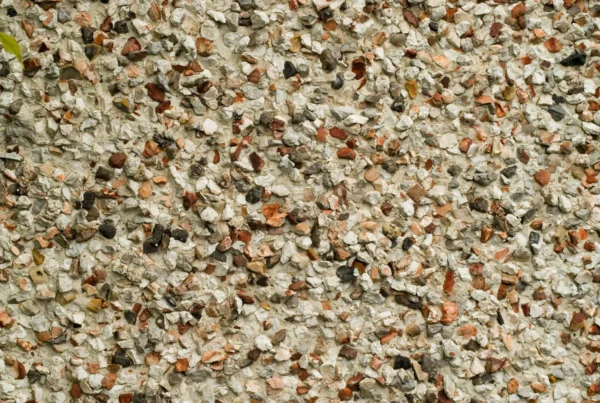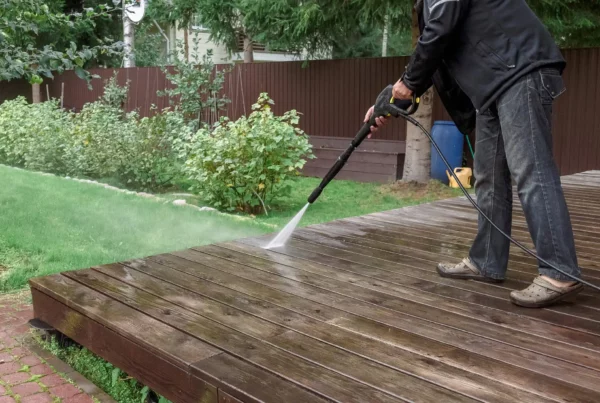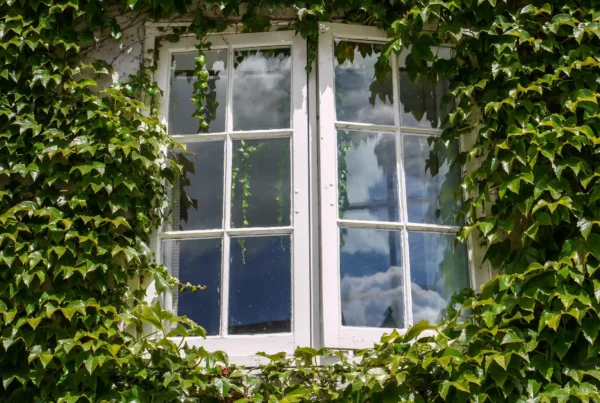As we all know, there is so much ongoing and regular maintenance required to both the inside and outside of a property that it can be easy to forget about cleaning your uPVC fascia boards.
We provide professional fascia boards cleaning in Cardiff and around, so if you are based locally – you can just give us a call. If not – keep reading!
While fascia boards are often overlooked during a building clean, if you pay attention to cleaning them, it will have a drastic effect on the overall look of a building. Read on to find out more about fascia boards, soffits, how to clean them, and why.
What Is A Fascia Board?
The fascia board is the long, straight uPVC (or sometimes timber) board that runs along the lower edge of a roof which the gutters are also fixed to. There is normally a lip on the bottom edge of the fascia board which supports the soffit.
The fascia board is designed to stop moisture entering the property and in some cases can also provide support to the bottom row of roof tiles. From an aesthetic standpoint, they help give the edge of your roof a neat and ‘finished’ appearance.
What Is A Soffit?
The soffit boards are underneath the fascia boards, and they are what you mainly see when you look up towards the roof.
From a functional point of view, soffits protect the timber rafters from the elements. From an aesthetic perspective, soffits work in conjunction with the fascia boards in providing a completed look to the edges of your roof.
Why Should You Clean Fascias?
Dirty and grimy fascias can have a huge impact on the overall appearance of a building. The constant effects of the elements and pollution can mean they stain quickly.
It’s not just about the look, though. Cleaning your fascias also lets you identify any problems that need fixing, spot any early signs of damage, and gives you the opportunity to clean the gutters and remove any mould growth.
How To Clean Fascia Boards and Vinyl Soffits With A Pressure Washer
1. Preparation
Rinse your uPVC fascia boards and soffits with clean water, clearing away dirt and grime.
Start with a low pressure nozzle so you don’t spray dirt and debris into any vents.
2. Cleaning
Now the first rinse is complete and any ‘3D dirt’ has been washed away, the next step is to use detergent. (If using concentrated detergent, be sure to dilute it to the appropriate strength.)
Turn your tank on and ensure that your pressure washer has the spray tip on before washing your soffits and fascias down.
3. Rinsing
Leave the detergent on the surfaces for five minutes or so, and change your nozzle to a high pressure setting.
Clear any detergent still in the pipes and nozzle by spraying somewhere safe for a few seconds.
Spray steadily along your soffits and fascias on the high pressure setting, making sure you remove all dirt and detergent from the surfaces.
Once you have cleaned all the surfaces, change the nozzle back to a low pressure and rinse your soffits and fascias for a final clean to ensure all detergent and grime buildup has been thoroughly removed.
How To Clean Fascia Boards and Vinyl Soffits: Soft Washing
Soft washing, or ‘soft wash’ is one of the most popular techniques for cleaning exterior surfaces. It is mild, non-aggressive to surfaces and surrounding areas, yet very effective.
Unlike power washing or pressure washing, soft washing uses a very weak stream of water mixed with chemicals. These chemicals penetrate the dirt and infections, such as mould, moss and fungi, before the water washes them away. This not only leaves the surface clean but also inhibits any future mould growth for longer.
Soft washing cleaning results generally last up to 6 times longer than pressure washing alone. Soft washing uses chemicals instead of pressure power to remove dirt.
At Cardiff Window Cleaner Ltd, our soft washing process uses the following agents to give a sparkling finish which lasts for longer:
- Professional grade diluted sodium hypochlorite (aka bleach) – this kills mould, algae and other organic elements.
- Surface acting agents – the purpose of these is to help the other chemicals stick to the surface better, which assists when it comes to loosening and penetrating dirt.
- Odour maskers – this helps reduce the smell of bleach and eliminate any natural smells of the surface (smoke, urine, household rubbish).
- Neutralising agents – these neutralise the chemicals used during the soft washing, which is important if you have pets or eliminate any risk to plants in the vicinity.
- Specialty agents – these are used to combat less common contaminants or treat surfaces, for example to kill moss or remove rust.
How To Clean Fascia Boards and Vinyl Soffits With A Garden Hose
1. Preparation
Start by mixing 120ml of washing up liquid into 9 litres of warm water in a bucket.
To aid with killing organic matter such as moss or mould, add a squirt of bleach. (As there is bleach in the mixture, make sure that you wear rubber gloves when cleaning, to protect your hands.)
2. Cleaning
Position your ladder so you can reach your uPVC fascia and soffit boards.
Make sure that your ladder is in a stable position (ideally have a second person to help stabilise it) before climbing it.
Soak a large sponge in the mixture in the bucket before scrubbing your soffit and fascia. Make sure you move the ladder as you clean along the property and avoid overreaching.
3. Rinsing
Third, attach a squeeze trigger nozzle to the end of your garden hose and turn the pressure on high.
Spray your fascia and soffit boards until all the detergent, bleach and grime has been rinsed away.
Conclusion
At Cardiff Window Cleaner Ltd we provide full inspection, cleaning and minor repairs to guttering, fascia & soffits.
We are able to restore the plastic to like new in most cases. We can remove green algae build-up and other staining to keep your building looking good as new.
If you’d like to talk to us about how we can help restore your uPVC fascias and soffits, you can contact us via web form, email, telephone or WhatsApp.
